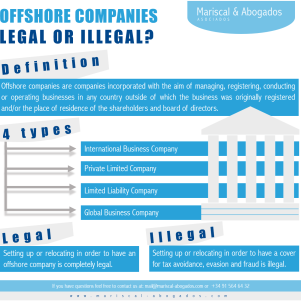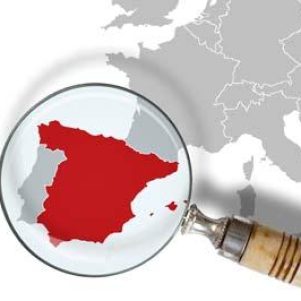Surely on more than one occasion, it has been suggested that an invoice be sent via e-mail or be made available to the interested party through the web or a platform for the invoice’s subsequent download, printing, accounting or archiving.
However, is sending invoices in PDF via e-mail valid for all purposes? What are the requirements of the Spanish Tax Agency? Is the electronic billing system valid without a digital signature?
The issuance and transfer of invoices by telematic means, and more specifically, via e-mail has always been a controversial topic. This is due to the lack of consensus between theory, which does not consider the transfer of invoices in PDF format via e-mail as a valid means, and the common practice of sending invoices via e-mail, especially in the field of small and medium-sized companies.
An invoice is a document certifying the completion of a particular transaction and therefore the impact of the VAT associated with the operation. At the same time, it is documentary proof of having paid the corresponding VAT amounts applicable to the recipient of the transaction and therefore, it is the main document justifying a deduction of the VAT paid. That is why having accurate invoices that meet all the requirements of the Billing Regulation (Royal Decree 16/19/2012 of 30 November 2012) as well as the requirements of the 37/1992 VAT Act is not merely a formal requirement, but a vital prerequisite to smoothly exercise the right to deduction of the VAT amount paid during the completion of corporate or professional transactions (Article 164 of the VAT Act and Arts. 8 and 9 of the Billing Regulation).
The entry into force of the new Billing Regulation of 1 January 2013 legalised all invoices sent via e-mail. The regulation standardizes a widespread practice among mostly freelancers and SMEs, saving considerable time, printing and mailing costs.
Until then, the electronic invoice was a document sent via telematic means and digitally signed through a certificate recognized by the Spanish Tax Agency. The signature guaranteed the authenticity of the document.
To be valid, an electronic invoice must meet the following requirements:
- Contains information about the issuer and the recipient, number, date of issuance, description of the products or services and a VAT breakdown
- The client must explicitly agree to receive the invoices via e-mail. The authorization, which must be explicit and in writing, must indicate the sending account and the receiving account to avoid mistakes.
- The authenticity of the origin and integrity of the invoice must be guaranteed. Consequently, the corporate e-mail of the company is usually used, as well as a PDF format where the content cannot be altered. Formats xml, pdf, html, gif, jpg are accepted and can be referred to via e-mail or made available to the client somewhere on the web for its subsequent download and printing.
- The requirement of a signature through a digital certificate recognized by the Spanish Tax Agency has been removed. Like hard copy invoices, where the stamp guarantees its validity, the stamp in electronic invoices serves to guarantee the origin and the content.
On the other hand, the sending of invoices via e-mail without complying with the requirements and the established procedures may involve sanctions for the issuer of the invoice. The Spanish Tax Agency may impose fines equivalent to 1% of the amount of the invoices that do not comply with the requirements. The amount could gradually increase up to 2% should the volume of the invoices exceed 20% of the total turnover of the company issuing them.
If you need additional information,





